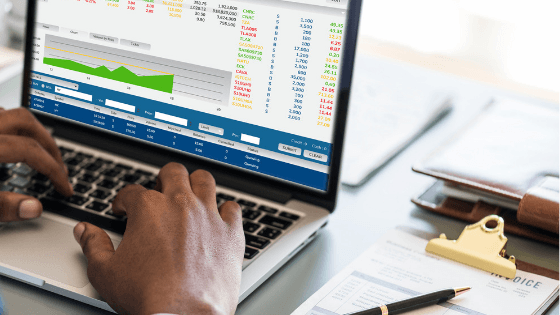Making Tax Digital (MTD) will see most businesses and taxpayers accessing their tax affairs online through digital tax accounts from 2020 onwards.
It will replace the self-assessed tax return with a new quarterly digital reporting regime and change:
- how you or your business keep accounting records
- how you or your business report income and expenses to HMRC
- the services you or your business require from your accountant or tax agent.
It will also offer self-employed taxpayers the opportunity to pay tax through optional ‘pay as you go’ instalments, based on the data submitted with HMRC under the new digital initiative.
Timeline and thresholds
Digital accounts will unite your tax details in a single place, much like an online bank account, and will start being phased in from April 2019/20.
The following table shows when you or your business can expect to start filing digital accounts:
| Annual turnover | Quarterly tax reports | Timeline |
| Over £85,000 + VAT-registered | VAT only | Apr-19 |
| Over £85,000: for all businesses/landlords | Income tax + National Insurance (NI) | At least April 2020 |
| £10,000 to £85,000* | Income tax + NI | At least April 2020 – and voluntarily |
| All companies | Corporation tax | At least April 2020 |
*Small business threshold to be confirmed.
Key facts
- MTD will be available on a voluntary basis for the smallest businesses
- businesses and landlords with a turnover below the VAT registration threshold (currently £85,000) can choose when to move to the new digital system
- businesses are not required to provide updates to HMRC more regularly than they already do
- all businesses and landlords will have at least 2 years to adapt to the changes before being asked to keep digital records for taxes other than income tax.
In addition, the following details have been confirmed:
- firms will be able to use spreadsheets to record their receipts and expenditure
- quarterly updates will not apply to charities
- accounting for income/expenditure on a ‘cash in, cash out basis’ will be extended.
The smallest businesses do not need to keep digital records, or update the revenue quarterly, until at least 2020.
If you’re in employment or a pensioner with secondary income of more than £10,000 a year from either self-employment or property, the same exemption applies.
Software
Your business will need to submit digital records to HMRC using third-party software.
Several vendors are developing MTD-compatible software. You will need to decide – and budget for – whichever package you go for. HMRC previously estimated MTD technology to cost around £280 per business.
Very little is known about the software choices, although HMRC intends to publish a software register in due course to outline MTD-compatible options.
Cyber security
With electronic interactions between taxpayers and HMRC poised to soar, it is imperative to take steps to protect your business from this threat.
Low-cost, easy to implement techniques include:
- backing up your data
- installing the latest updates on your tablets, smartphones and computers
- prevent malware damage by having the most recent anti-virus software installed
- be aware of phishing scams, particularly via email
- use strong passwords to protect your data and change them regularly.
We can assist with your digital accounts.
Download the Guide
Disclaimer: The views expressed in this article are the personal views of the Author and other professionals may express different views. They may not be the views of Lambert Chapman LLP. The material in the article cannot and should not be considered as exhaustive. Professional advice should be sought in connection with any of the issues contained in the article and the implementation of any actions.

